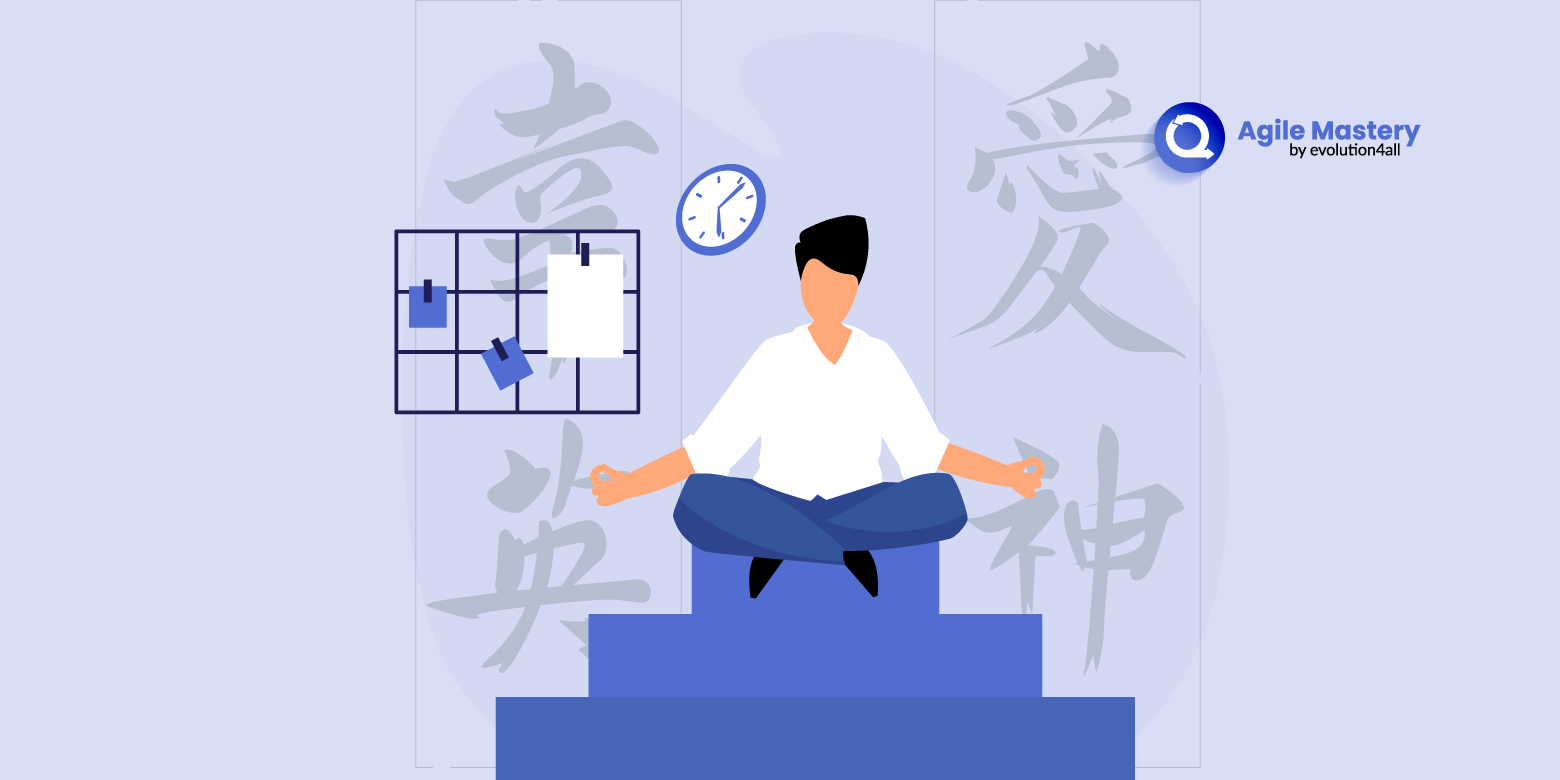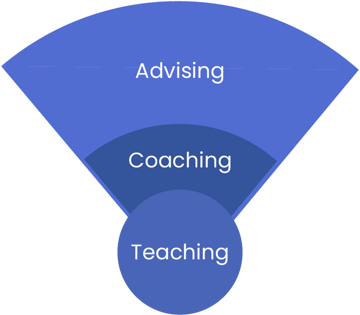Shu Ha Ri Agile A Fantastic Tool For Agile Coaches

SHU HA RI AGILE IS A TOOL FOR AGILE COACHES
Hi, this week I want to introduce you to an old Japanese martial art concept that describes the stages of learning to mastery - Shu ha Ri Agile.
Shu ha ri is roughly translated to "first learn, then detach, and finally, transcend." I got familiar with this concept during the training I took with Lyssa Adkins. In this post, I want to present this concept applied to agile teams and use it as a tool to help agile coaches to identify in which stage their teams are.
As an Agile Coach, you must understand at which stage your team is to help the team to perform in a more efficient way. As Lyssa said, if people in a team are in the "Shu" phase they are quite immature in agile, and they just follow the rules.
If they are more mature, they will be in the "Ha", where they can break the rules safely. The last stage is the "Ri" phase where people are so mature that they can create their rules. Below I will show you some behaviors that help you to see where the team is on the Shu Ha Ri scale.
Lyssa Adkins points out different examples to check at which level a team is.
Shu level
Is the team new to Agile or to one another? Has the team changed or dropped agile practices and lost the intention behind them? Have they mashed up Agile with something else so that their practices are not even clear to them? Do they look at you cockeyed when you bring up the agile manifesto?
If any of these are true, the team may have progressed to Ha too early. They are truly at Shu and need you to guide them to practice at Shu.
Ha level
Does the team live by the ideals in the agile manifesto? In all they do, do they stand on the side of individuals and interactions, working software, customer collaboration, and responding to change? Do they have the basic practices working well and producing new insights that let them improve each sprint? Do they pause - really pause - to consider the ramifications before they alter, drop, or add an agile practice? Do they face the consequences of these changes squarely?
If these are true, your team is at Ha and needs you to coach them to a deeper expression of Agile.
Ri level
Has the team altered their practice of Agile and done so consciously, keeping the values and principles of Agile alive? Have they broken through walls of dysfunction in their company so that their practice of Agile leads to progressively better and faster delivery and higher satisfaction? Have they imbibed the skills and mindsets necessary to be truly self-monitoring and self-correcting?
If these are true, the team is at Ri and needs you to let them go.
As you can imagine all the different levels require different coaching styles, below, you can find the various coaching styles.
 Teaching - A the name shows, at this stage, you must teach the rules. The teams that are at this level have a basic knowledge of agile values/principles/practices. They need to have someone to guide them. Examples from Lyssa Adkins:
Teaching - A the name shows, at this stage, you must teach the rules. The teams that are at this level have a basic knowledge of agile values/principles/practices. They need to have someone to guide them. Examples from Lyssa Adkins:
- "Follow these rules. I have followed them before, and I know they will give you what you want. So, for now, just follow."
- "The rules work. Anything else is an impediment."
- "Everything you could need is right here, in this simple framework, so look here for your answers first."
- "Here is how this works."
Coaching - Is the next step. Here, teams have a good understanding of agile values/principles/practices, they start to interiorize them from their past experiences. They start to understand how they can use different approaches to achieve the same result.
At this stage, teams can come up with their solutions; they just need a coach to help them find different ways to achieve what they need. Examples from Lyssa Adkins:
- "Why does this way of working work?"
- "What kills it? What renews it? What feeds it?"
Advising - The last stage. In this stage, the team has fully internalized the values, principles, and practices. Everything runs quite well, the role of the coach works as an advisor. For example:
- "May I offer an observation?"
- "That could work. Try it."
- "I do not know. What do you think?"
One important thing, each successive stage contains the others. For example, if a team is in "Ha", but you want to introduce a new practice or idea, remember to use a "teaching" approach because they are new to that practice so they will be in Shu for that idea.
This is important because most probably you will be changing coaching styles depending on the practice or idea that you want to feed into the team.
Do you think it will help you? Leave a comment below.
Did you like this article?
Are you looking to build an Agile Company? We can help you with this task in different ways. You can start by taking a look at our Agile Training and Agile Consulting pages.
One of our most popular services is our Agile Executive Workshop, a 2,5 days workshop to help leaders to identify what are the exact steps they need to take in order to build a great Agile Company.
In case you are looking to get external support with an external Scrum Master check out our Scrum Master Consulting program, a 6-months program to transform your Scrum Teams.
If you are sure that you want to do a full Agile Transformation, then our Enterprise Agility Program is the right approach for you, a complete package to transform your company into an Agile, Flexible, and Fast Digital Product company.




.png?width=1190&height=332&name=How-to-Design-Product-Organisation-AM%20(1).png)


